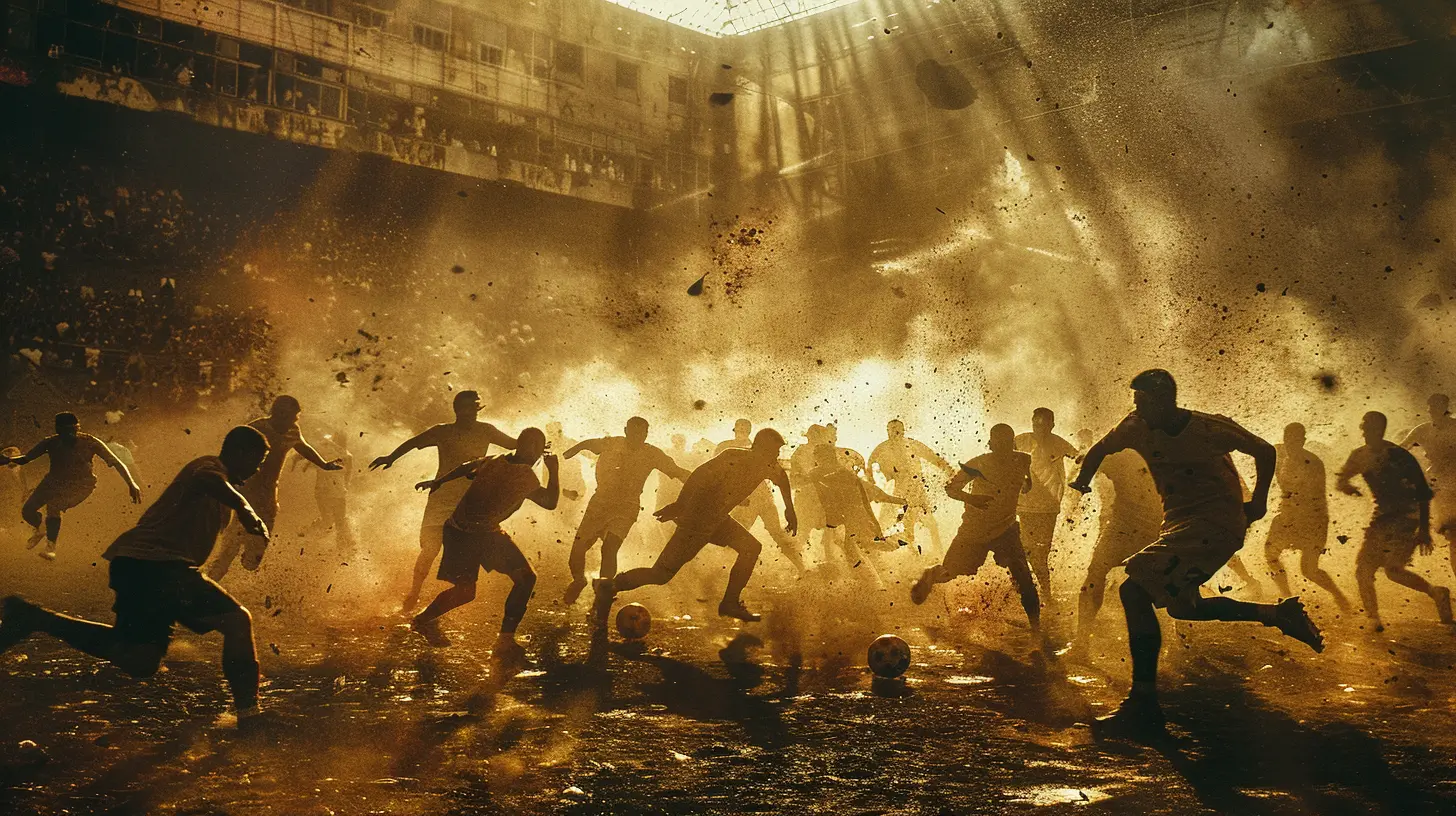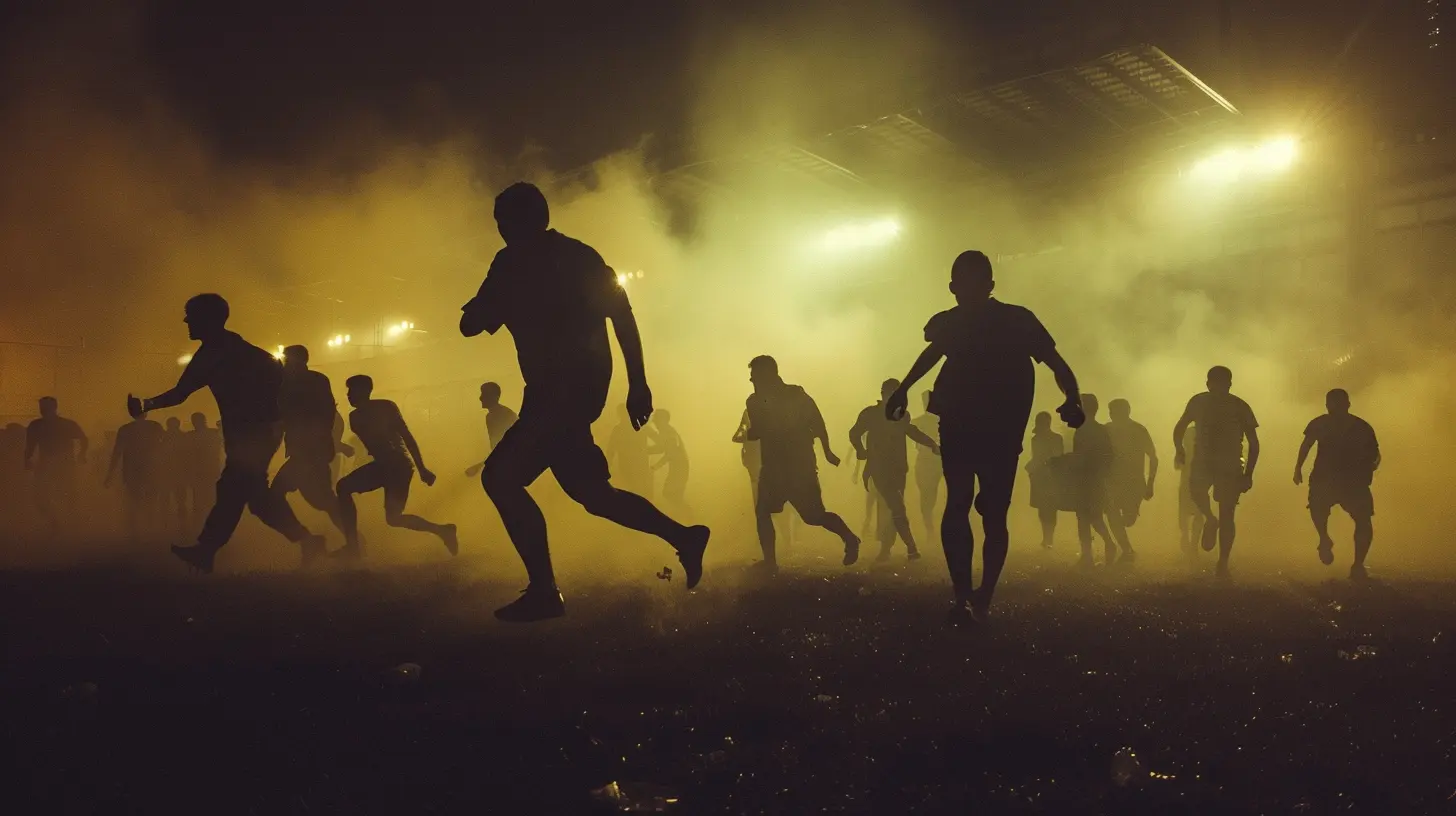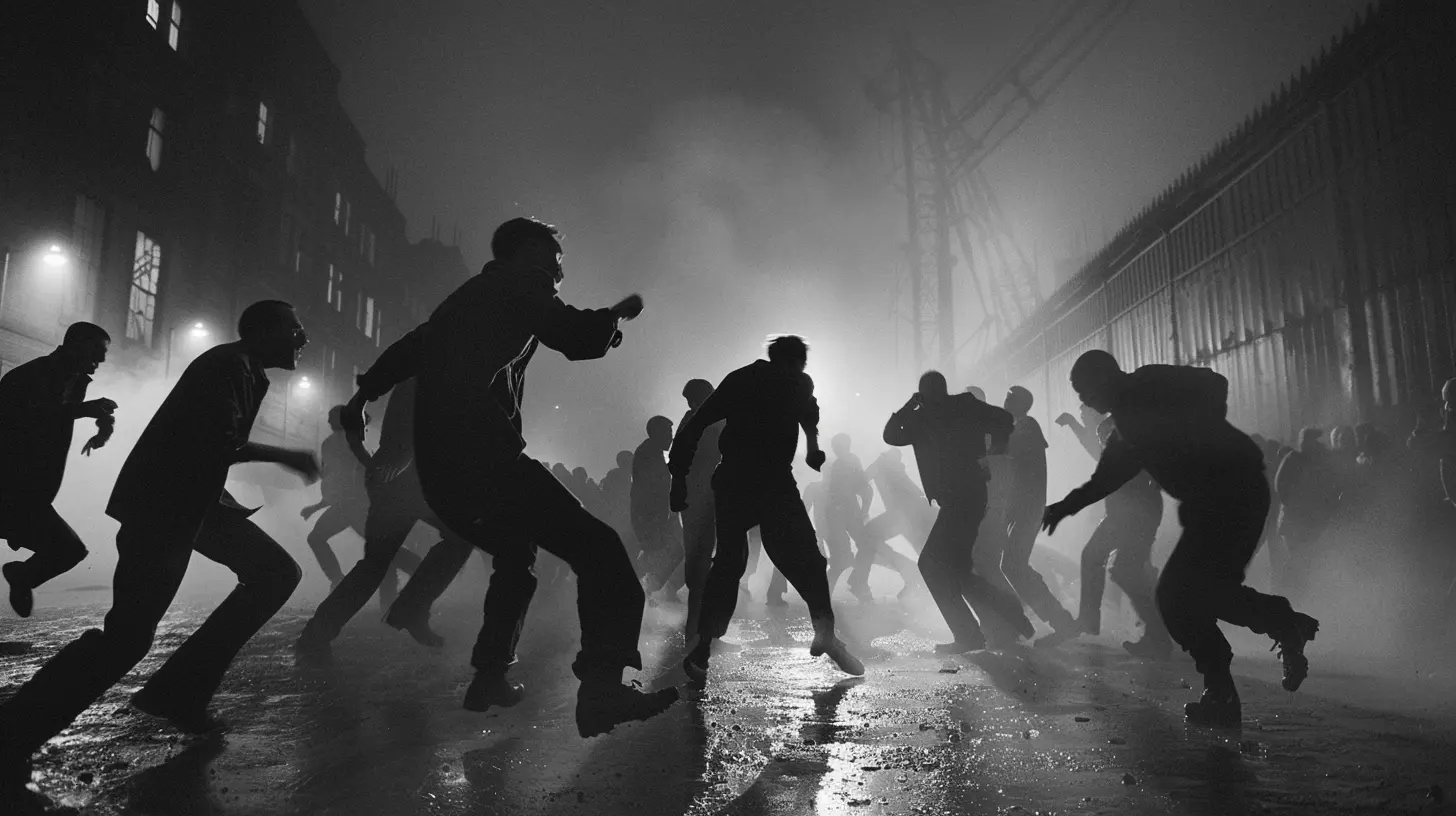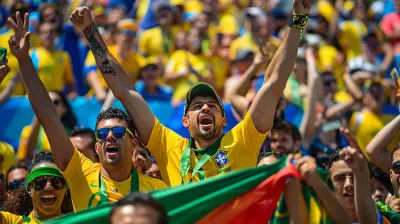16 April 2025
Football—it's more than just a game. For millions, it's a passion, a way of life, and a unifying force. But for a certain subsection of fans, this passion has morphed into something darker: hooliganism.
Football hooliganism isn't just a modern issue. It has deep historical roots, intertwined with the rise of the sport itself. But how did it all start? Where did these violent fan cultures emerge? And why, despite crackdowns and evolving security measures, does football hooliganism persist?
Let’s take a dive into the history of this notorious aspect of the sport.

Early Days: The Seeds of Hooliganism
Believe it or not, football-related violence can be traced back centuries. The origins of hooliganism lie in medieval England, where mob football—a no-rules, chaotic version of the modern game—often led to riots. Towns would play against each other, and these matches frequently devolved into full-blown street fights.Fast-forward to the late 19th and early 20th centuries, and the modern form of football started to take shape. With the creation of professional leagues in England, the sport grew rapidly in popularity. But along with this rise came the emergence of aggressive fan behavior.
The 1900s: The First Glimpses of Organized Violence
By the early 1900s, football matches were already becoming battlegrounds for rival groups. Although the violence wasn't as structured or widespread as it would later become, skirmishes between opposing fans were common.One of the earliest reported incidents of football hooliganism occurred in the 1909 Scottish Cup Final between Rangers and Celtic. The match ended in a riot, with angry fans storming the pitch and clashing with police. This set the stage for what would become one of football's most infamous rivalries.
But it wasn’t until the post-World War II era that hooliganism became more prominent. So, what changed?

The 1960s and 1970s: The Rise of the Football Firms
The 1960s and 70s marked the true birth of organized football hooliganism. This period saw the rise of "football firms"—organized groups of fans who engaged in planned violence with rival supporters.Teams in England, particularly, saw a surge in this behavior. Clubs like Chelsea, West Ham, and Millwall became notorious for their hooligan firms, often engaging in pre-meditated fights before and after matches. The rise of these firms coincided with a shift in British youth subcultures, particularly the growth of the skinhead movement.
The Role of the Media
The media played an interesting role in this era. As hooliganism became more frequent, newspapers sensationalized the violence, sometimes exaggerating events or giving hooligan firms a platform. This, in turn, gave these groups more notoriety and, in some cases, encouraged them to become even more extreme.It wasn’t just an English problem, though. Across Europe, teams in Italy, Germany, and Spain also saw rising football-related violence. But the peak was yet to come.

The 1980s: Football Hooliganism at Its Worst
If there was ever a dark age for football due to hooliganism, the 1980s would be it. This decade saw some of the most infamous football-related riots and disasters in history.The Heysel Stadium Disaster
One of the most catastrophic incidents of football hooliganism occurred in 1985 at the Heysel Stadium in Belgium. During the European Cup Final between Liverpool and Juventus, English hooligans charged at Italian supporters, causing a stampede. A section of the stadium collapsed, leading to the deaths of 39 people, mostly Juventus fans.The aftermath was brutal—English clubs were banned from European competitions for five years, and this event forced authorities to finally take football hooliganism seriously.
The Hillsborough Disaster
While Hillsborough (1989) wasn’t a direct result of hooliganism, the tragedy highlighted the toxic football culture of the time. Due to overcrowding and poor crowd management, 97 Liverpool fans were crushed to death. While the media initially blamed the fans, investigations later revealed police mismanagement as the real cause.But combined with previous hooligan-driven incidents, these disasters pushed governments to take significant action against rowdy supporters.

The 1990s and 2000s: The Fall (or Evolution?) of Hooliganism
By the 1990s, governments and football associations were cracking down hard on hooliganism. Several measures were introduced, including:- All-seater stadiums (reducing mob-like gatherings)
- Stronger policing (with undercover officers infiltrating hooligan groups)
- Harsher punishments (banning orders preventing known troublemakers from attending matches)
England, which was once the epicenter of football hooliganism, managed to significantly reduce violent incidents. The Premier League’s formation in 1992 also played a role, making football more commercialized and family-friendly.
But did hooliganism disappear? Not exactly.
The Shift of Hooliganism to Eastern Europe and South America
As England and parts of Western Europe cracked down on hooliganism, the phenomenon moved elsewhere. Countries like Russia, Poland, Serbia, and Argentina began seeing increased football-related violence.Clubs like Crvena Zvezda (Red Star Belgrade) in Serbia and Legia Warsaw in Poland became infamous for their violent ultras—fans who often had political and nationalistic motivations beyond just football rivalry.
In South America, Argentina and Brazil saw escalating violence between club supporters, with some “barras bravas” (hooligan groups) directly linked to criminal organizations.
Modern Football Hooliganism: A Different Face
Today, hooliganism isn't as rampant as it was in the 70s or 80s, but it hasn't disappeared. Instead, it has transformed.The Role of Social Media
With the rise of the internet, hooligan firms have adapted in surprising ways. Some groups now coordinate through encrypted apps, arranging secret fights away from stadiums to avoid police.Social media has also given hooligans a platform to glorify their actions, much like traditional media once did. Videos of fights between rival firms often go viral, keeping the culture alive.
Political and Ideological Influence
Football hooliganism has also become more intertwined with political and social movements. Many modern hooligan groups align with far-right or far-left ideologies, using football as a means to push their agendas.This was evident during the 2018 World Cup in Russia, where hooligan groups openly trained in combat sports, preparing for organized brawls.
Can Football Hooliganism Ever Be Eradicated?
Despite all the efforts to curb football hooliganism, it still lingers. While stadium violence has decreased, pre-arranged fights and clashes in city centers continue. Some argue that hooliganism is a product of deep societal issues—poverty, lack of opportunities, and political unrest.So, can it ever truly disappear? Maybe not entirely. But football authorities, governments, and law enforcement will likely continue finding new ways to curb its influence.
Football is meant to unite, not divide. While rivalries will always be part of the game, the key is ensuring that passion never turns into mindless violence.




Parisa McGill
Thank you for shedding light on such an important topic. Understanding the history of football hooliganism helps us recognize its impact on the sport and promotes healthier fan cultures moving forward.
April 17, 2025 at 12:43 PM